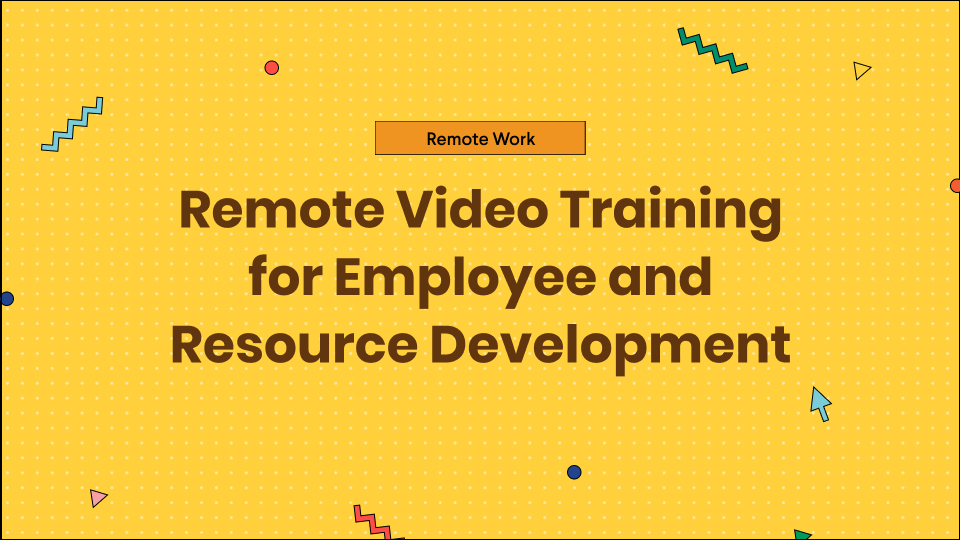The end of 2020 marks the end of an unprecedented year. The last 12 months have tested humanity in ways beyond logic. And the creative teams have been equally affected by the pandemic. However, it has also enabled us to recognize our ability to adapt to the change swiftly.
So what if we can’t physically be together? We now have multiple ways to do almost everything online – including employee management through remote video training.
Table of Contents
What Do We Mean By Remote Video Training?
Before you start spiraling about what is remote video training, here’s a quick overview.
The term “remote” relates to the fact that all the training participants are not present together physically. As we have already seen this year, some situations call for remote work. One of the biggest challenges this puts up is training. If you can’t physically be together, how can you efficiently train members of your team?
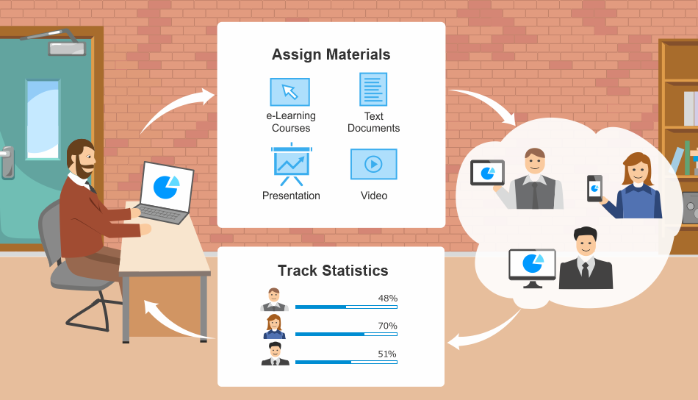
Enter remote training. Remote video training is for people who work from home or at a remote location other than an office environment. It can be conveniently executed through various sources, such as online courses, webinars, podcasts, live internet training, and other e-learning tools.
Most Popular Methods of Remote Video Training
To understand the ever vast possibilities that come with remote training, let’s have a look at some of the most popular methods of remote video training.
- Live-video conferences
- Knowledge base
- Shared document storage
- Remote desktop
- Webinars
- Simulations
- Screen-captures
- Screencasts
- Podcasts

You must note here that these methods come with no restrictions! You can mix and match two means of remote training, and the results will still be the same (if not better!)
Importance of Remote Development – 2020
Do we even have to explain this one? COVID-19 has made the importance of remote development a little too clear. But what if I told you that people actually prefer working remotely. For example, 99% of survey participants in a Buffer survey stated that they like remote work!
Remote working and training in particular, contrary to popular belief, is a tool of efficiency. It is debated quite often that remote video training complicates processes. This couldn’t be farther from the truth, especially in today’s corporate landscape – it is the ultimate solution for many businesses. Why? Well, the main reason is that it comes with crazy benefits!
Benefits of Video Training and Development
There is a long list of benefits associated with remote training and resource development. However, to keep it sweet and simple, we have handpicked the most ardent advantages to discuss in the article.
So, what are you waiting for? Dive right in!
A Cost-Efficient Resource
Here’s the thing; instructor-based training and development can be quite burdensome, both in terms of money and effort. And for what? Only to leave employees baffled and overwhelmed with all the information they’re being presented.
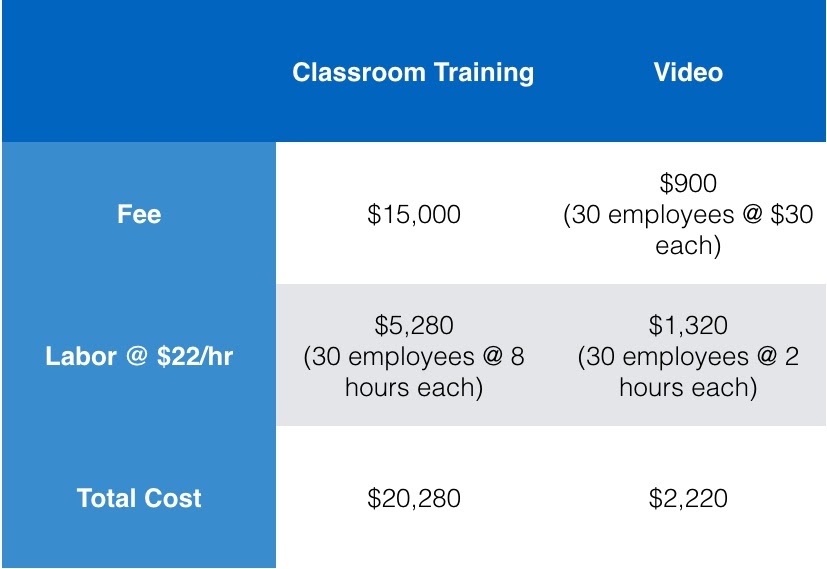
Microsoft has found the video to be a powerful source for reducing training costs. The company’s internal video portal has become the go-to substitute for some in-class training and smaller events. According to its own estimates, the video portal has reduced classroom training costs from approximately $320 per hour per participant to just $17.
What would you prefer, an old, tedious training method or a newer, most cost-effective one? The answer here is clear. Not only does remote video training go easy on the budget, but it also gives you more value for your money. We will get all of that later in this post, but one thing is sure; remote video training development does, by all means, save money.
Endless Options
One other significant benefit of video training and development is the endless options and flexibility. You can customize the video content in countless ways!
Not just that, but you can also conveniently edit the video to better fit your organization’s training program. You can incorporate multiple concepts into a video, which will make it easier for you to convey messages to your team.
Not only that, but you can also use a variety of styles to create the video. It can be an explainer video, a tutorial, animated videos, or even something as casual as you talking to the camera! The options with video-based training and development are endless.
More Engaging
We all know that video-based content is more engaging. Gone are the days when you could hope to hold someone’s attention through long text or similar mediums of conveying information – the postmodern generation can only be satisfied through video! According to Forrester Research, employees are 75 percent more likely to watch a video than reading documents, emails, or web articles.
As an employer, it is your responsibility to carry out an effective training program that meets your company’s pre-requisites and is also beneficial to the training team members. A considerable part of this relies on how engaging and exciting your method of training is. Opting for old and boring, traditional methods of training will only get you so far. In short, opt for remote video training to make the process fun and enjoyable, and productive for your employees.
Enhanced Information Retention
Video is for everyone!
At one point or the other, you must have heard that people either learn better by listening or by watching, that there is a difference between visual and audio learners. Well, video is the amalgamation of both these methods to fit both kinds of people! And the third kind, i.e., the people who learn better through reading, can also be accommodated by adding pieces of text here and there in your video.
Traditional, face-to-face training may be useful in some ways, but information retention is beyond its domain. Employes are likely to forget all the concepts covered during the session in about six months.
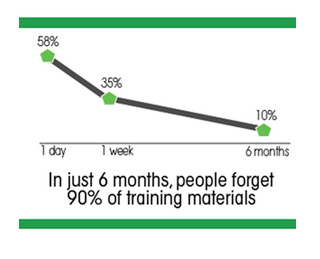
In contrast, information retention from video sources is much stronger. This brings us to our next point…
An Everlasting Resource
Videos are an everlasting resource. Once you’re done with the initial execution of a video, it is forever there for you to work with. You can save, share, and recycle it to your heart’s extent.
They can be recorded from anywhere, at any time, by anyone. They can also be viewed from anywhere, at any time, by anyone. The convenience offered by video sources is unreal, especially in comparison to physical training!
More Work Productivity
Traditional sources of training and development take up way too much time, and for every company, time is the most precious asset. I mean, would you rather have your employees watch long, boring presentations all day or use the same time to invest in your company? It’s naturally the latte option that attracts you!
By taking away the burden of organizing physical training sessions, remote video training accords more time for your company and its success. Your employees don’t have to be at the training session’s venue; they can watch the video whenever they are free, meaning no wastage of precious work time.
Better Explanations
This one is another no-brainer – videos help you explain your ideas better! You can support your statements with relevant visual examples. Incorporating a few behind-the-scenes footage from your company’s archives is not a bad idea either. All of this will create the ultimate source for your team to learn from and depend on.
Tips to Help You Transition to Remote Training
Despite its advantages, shifting to remote training out of nowhere can be a shocker for most employers. Here are a few tips for incorporating into your work process to help you successfully integrate remote training in your company:
Vary your method of delivery
Different people have different learning styles- your training should (try to) accommodate a handful of these.
Encourage Training
Actively encourage and motivate your employees to participate in the learning process. This will involve direct communication with employees regarding the training.
Remember – enable them to create a healthy balance between work and training so that you don’t lade unnecessary burdens on them!
Ensure Accessibility
Accessibility is of the essence – your remote employees will complete their training only if they can conveniently access your training sources. Make your remote training mobile-friendly for increased accessibility.
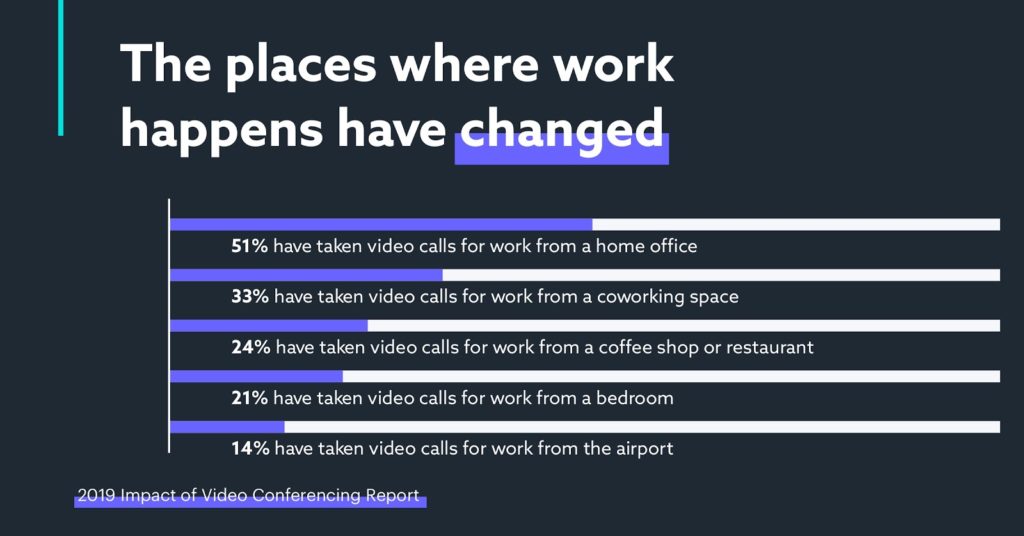
Interact!
They say that the instructor’s perspective can never be the same as the learner’s perspective – you should always ask for direct feedback. Ensure that your ideas are adequately conveyed to other team members. Interacting with your team is essential in general – not only in answering any questions related to work but also to establish stronger interpersonal work relationships.
This significantly contributes to your team’s functioning at the end of the day – so don’t neglect interaction!
Key Takeaway
Traditional training methods are a thing of the past – what counts now is how effective your remote training strategy is. Invest in the right software, methodology and, equipment, and make your work easier for the future.
And while we’re talking about streamlining the process, you can’t find a better way of editing your training videos than through GoVisually! With a blazing-fast video review process, your training videos will be ready instantly!
